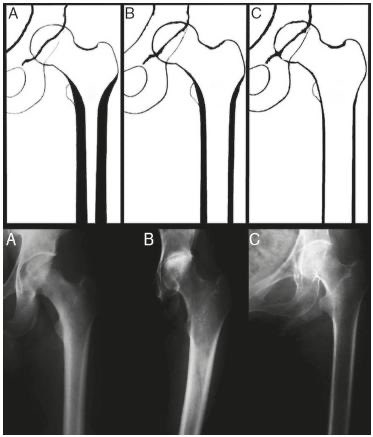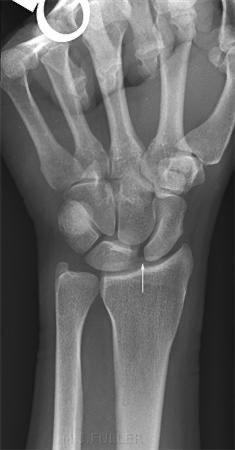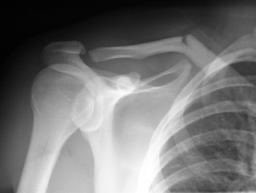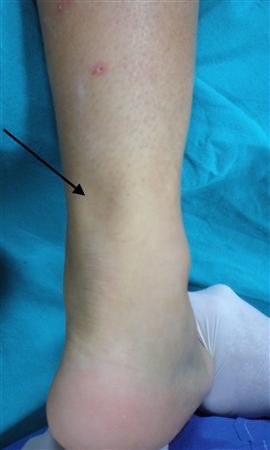
Sujith Konan
@sujithkonan
Consultant Hip & Knee Surgeon University College London Hospital
Honorary Associate Professor, University College London
Program Lead MSc Orthopedics UCL
ID: 556051163
http://www.sujithkonan.co.uk 17-04-2012 15:24:29
181 Tweet
140 Takipçi
238 Takip Edilen




Is outpatient arthroplasty safe? Monketh Jaibaji one of our MSc students published an excellent systematic review in The Journal of Arthroplasty assessing the complication and reoperation rates of outpatient arthroplasty. pubmed.ncbi.nlm.nih.gov/32192837/ #Orthotwitter #MScUCL
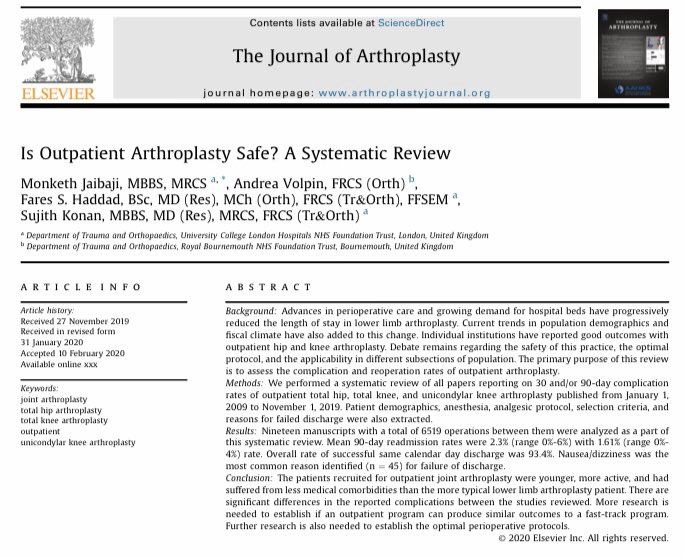
















Great presentation and discussion on surgical site marking in hand surgery by Riikka Silversten, part of her dissertation for Orthopaedics MSc UCL. Hand surgeon in the making!! IFSSH FESSH British Society for Surgery of the Hand UCLH #ILookLikeASurgeon
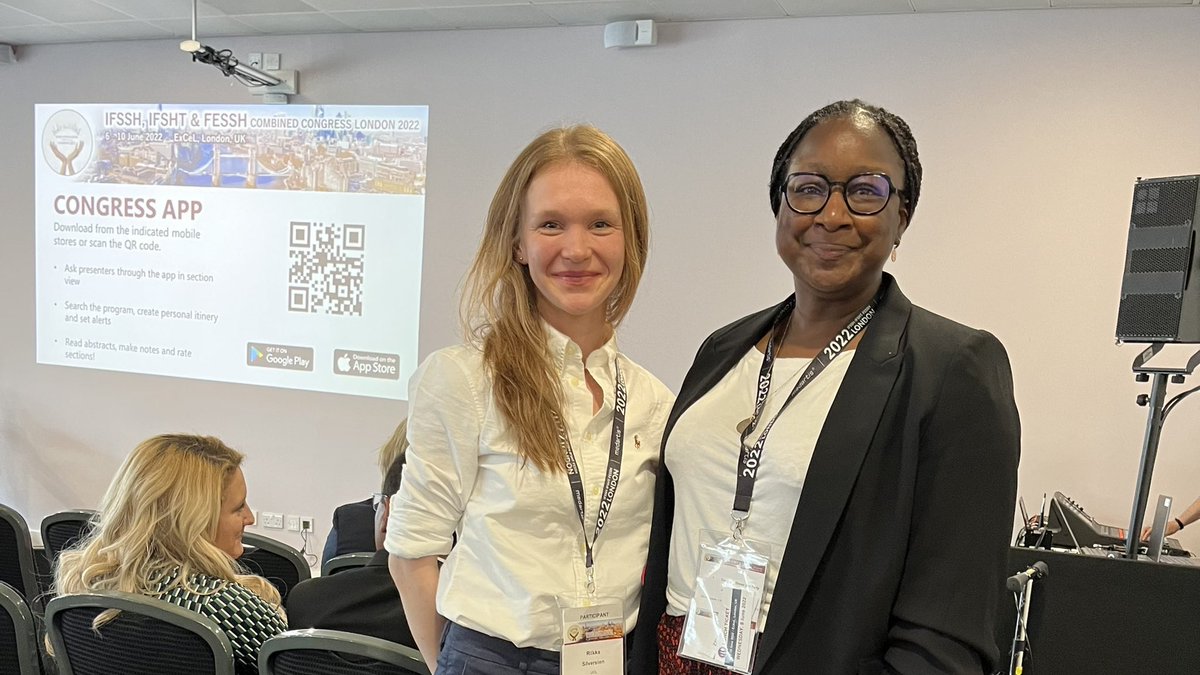


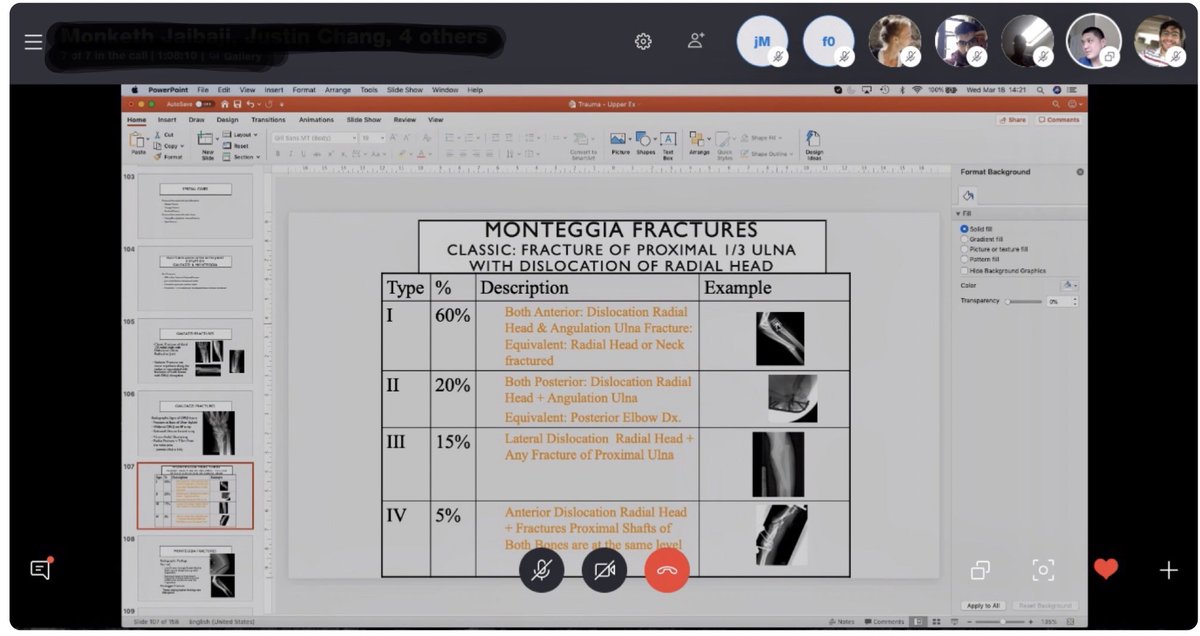
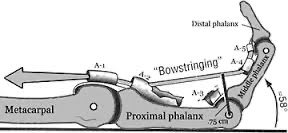



![Orthopaedics MSc UCL (@orthomscucl) on Twitter photo Patellar Clunk Syndrome - a painful, palpable "clunk" at the patellofemoral articulation of posterior stabilized TKA... [1/2]
#orthotwitter #MScUCL Patellar Clunk Syndrome - a painful, palpable "clunk" at the patellofemoral articulation of posterior stabilized TKA... [1/2]
#orthotwitter #MScUCL](https://pbs.twimg.com/media/EXM4DrfXQAM0xfp.jpg)
